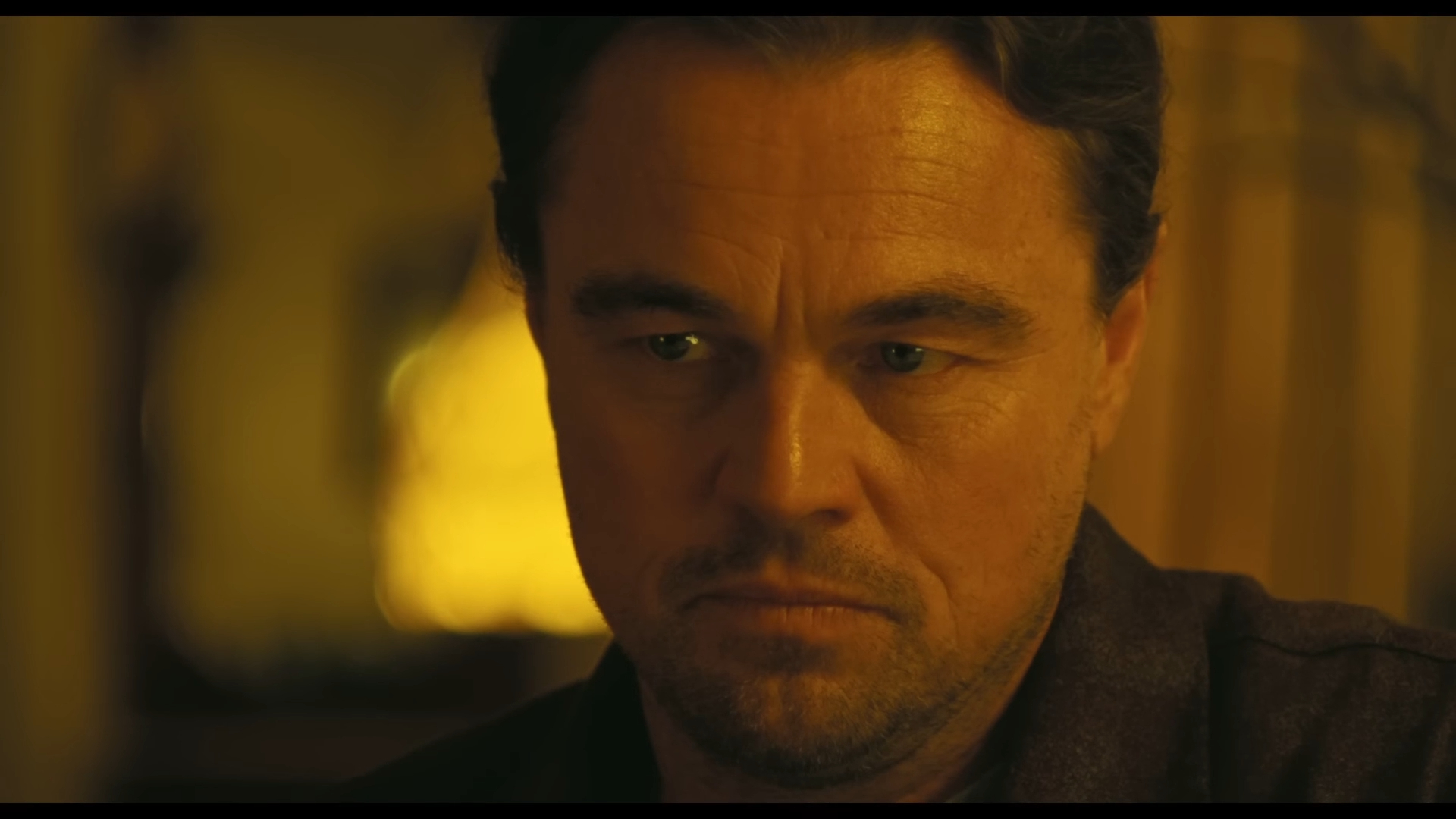Leonardo DiCaprio’s latest cinematic project brings to light one of the most pressing issues of our time: the growing sense of division within modern culture. Through this film, he aims to encourage reflection, dialogue, and understanding in a world increasingly fragmented by opposing perspectives.
Leonardo DiCaprio has long been known not only as an award-winning actor but also as an artist deeply engaged with social and environmental issues. His career has been marked by choices that highlight more than just artistic talent; they reveal a strong desire to use storytelling as a way of confronting challenges that affect communities worldwide. His newest film continues along this path, focusing on the cultural divides that shape contemporary life and the difficulty of building common ground in an era where polarization seems to dominate public and private conversations alike.
The role of cinema in reflecting cultural tensions
Throughout history, cinema has been a mirror of society, capturing moments of unrest, transformation, and collective uncertainty. DiCaprio’s decision to take on a film that addresses division is consistent with this tradition, recognizing the potential of film to make audiences reconsider their assumptions. Rather than presenting simplistic answers, the narrative is designed to challenge viewers to see beyond entrenched positions and recognize the shared humanity that often gets lost in heated debates.
Este enfoque muestra cómo las películas pueden ir más allá del entretenimiento. Permiten abordar temas complejos, como la polarización cultural, a través de historias humanas que resuenan de manera universal. Los personajes que se encuentran en situaciones de conflicto pueden mostrar cómo el miedo, la incomprensión o las luchas de identidad afectan las relaciones; al mismo tiempo, ofrecen oportunidades para la empatía. La intención de DiCaprio es utilizar el cine como un espacio donde el público pueda detenerse y reflexionar, aunque solo sea por unas pocas horas, sobre las consecuencias de la división y las posibilidades de conexión.
A career shaped by responsibility and purpose
DiCaprio’s body of work reveals a consistent pattern: a commitment to roles and projects that extend far beyond box office success. From the raw intensity of The Revenant to the sharp social critique of Don’t Look Up, his choices reflect a deliberate interest in stories that grapple with themes of survival, morality, ambition, and the fate of the planet. His activism in the fight against climate change further reinforces his image as an artist who leverages his platform to amplify global concerns.
Este nuevo largometraje toma un rumbo similar. Al centrar la atención en las divisiones que fragmentan comunidades, DiCaprio se presenta no solo como actor, sino también como una voz cultural que incita a la reflexión. Para él, las películas no deben evitar la realidad; más bien, deberían facilitar el diálogo, permitiendo que el público enfrente verdades incómodas. Este tipo de narrativa fomenta la conversación, lo cual es especialmente relevante en un contexto donde la polarización ideológica a menudo reduce problemas complejos a enfrentamientos simplistas.
Cinema as a bridge in a polarized world
One standout feature of DiCaprio’s viewpoint is his conviction that films can act as a connector between conflicting groups. Narratives that explore common human feelings—such as love, fear, loss, and hope—can transcend divisions, enabling viewers to see themselves in characters who initially may appear distinct. This understanding is essential in periods dominated by “us versus them” mentalities.
The actor emphasizes that his latest project is not meant to provide direct solutions. Instead, its value lies in provoking thought and encouraging individuals to reflect on their own roles in maintaining or overcoming division. Through storytelling, the film creates a safe space where difficult subjects can be engaged without hostility. In doing so, it underscores cinema’s power not just to entertain but also to heal, reconcile, and inspire.
A timeless theme with renewed urgency
While cultural fragmentation is not new, its intensity in the digital age makes it particularly urgent. Social media platforms, political rhetoric, and the accelerated spread of information have magnified divides, turning differences into entrenched identities. Against this backdrop, DiCaprio’s film arrives as a reminder of the importance of empathy and dialogue. His work suggests that division can be explored, understood, and perhaps softened when approached through the lens of storytelling.
The movie also aligns with a larger tradition in the film industry where filmmakers and performers have employed their craft to tackle societal issues. From older films that tackled racial conflicts to newer films exploring disparities, the screen has eternally been a medium for reflecting on shared problems. DiCaprio’s endeavor places itself within this tradition, highlighting that cultural division is among the central challenges of today’s world.
The choice made by Leonardo DiCaprio to tackle the topic of division is both relevant and essential. By highlighting this matter, he shows once more that film can transcend entertainment, encouraging people to think about what brings us together rather than what divides us. His movie is more than just another project in his body of work; it serves as a commentary on the duty of art in times of discord, reminding viewers that narrative continues to be one of humanity’s most powerful instruments for creating connections.

